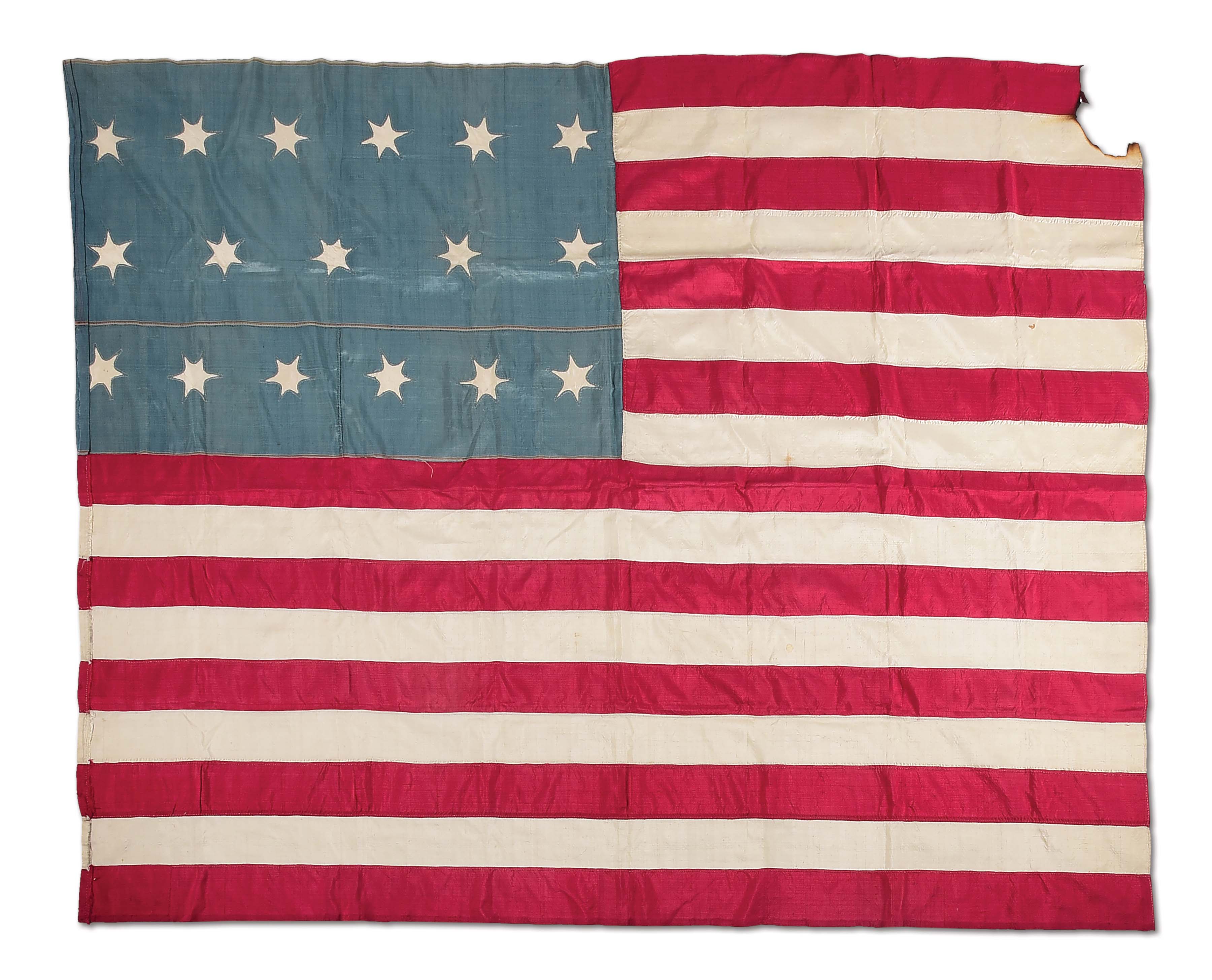A LARGE RECTANGULARLY-CUT PANEL FROM A MONUMENTAL QAJAR OIL PAINTING: A CELESTIAL CELEBRATION PROPERTY FROM AN IMPORTANT EUROPEAN PRIVATE COLLECTION Iran, first half 20th century Oil on stretched and lacquered canvas, the large vertically-arranged rectangular panel depicting a joyous moment of celebration with numerous winged angels portrayed as Qajar courtly subjects, some holding long swords to their chests in a traditional stand of respect and allegiance, some throwing their arms in the air exulting, and some bringing their forefingers to their lips in a typical Persian gesture expressing puzzlement, bewilderment and wonder, all showcasing beauty marks on their faces, typical Qajar physiognomies, and pearl and gem-studded bangles, belts, crowns and golden adornments, set within black rules, and red and brown borders, 210cm x 62.5cm. In Iran, monumental oil paintings became prominent during the Qajar period. Acting as effective palatial wall illustrations, they covered large architectural surfaces, leading to the progressive replacement of more time-consuming decorative solutions like frescoes and figural cuerda-seca tiles, both of which dominated Safavid buildings. The suggestion that this panel was once part of a much larger depiction is supported by both the fragmentary nature of the scene, cropped at the top and missing the red and brown borders, and the gaze and direction of most participant's bodies in the scene, indicating that the main subject or core action was once taking place on a different panel located to the left of ours.
A LARGE RECTANGULARLY-CUT PANEL FROM A MONUMENTAL QAJAR OIL PAINTING: A CELESTIAL CELEBRATION PROPERTY FROM AN IMPORTANT EUROPEAN PRIVATE COLLECTION Iran, first half 20th century Oil on stretched and lacquered canvas, the large vertically-arranged rectangular panel depicting a joyous moment of celebration with numerous winged angels portrayed as Qajar courtly subjects, some holding long swords to their chests in a traditional stand of respect and allegiance, some throwing their arms in the air exulting, and some bringing their forefingers to their lips in a typical Persian gesture expressing puzzlement, bewilderment and wonder, all showcasing beauty marks on their faces, typical Qajar physiognomies, and pearl and gem-studded bangles, belts, crowns and golden adornments, set within black rules, and red and brown borders, 210cm x 62.5cm. In Iran, monumental oil paintings became prominent during the Qajar period. Acting as effective palatial wall illustrations, they covered large architectural surfaces, leading to the progressive replacement of more time-consuming decorative solutions like frescoes and figural cuerda-seca tiles, both of which dominated Safavid buildings. The suggestion that this panel was once part of a much larger depiction is supported by both the fragmentary nature of the scene, cropped at the top and missing the red and brown borders, and the gaze and direction of most participant's bodies in the scene, indicating that the main subject or core action was once taking place on a different panel located to the left of ours.















Testen Sie LotSearch und seine Premium-Features 7 Tage - ohne Kosten!
Lassen Sie sich automatisch über neue Objekte in kommenden Auktionen benachrichtigen.
Suchauftrag anlegen